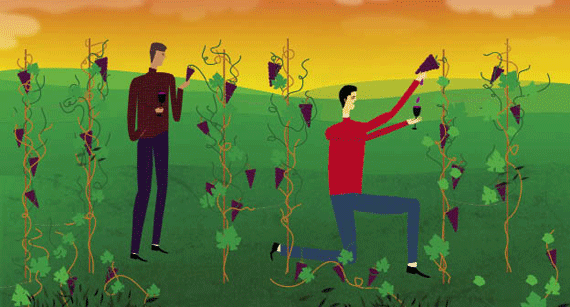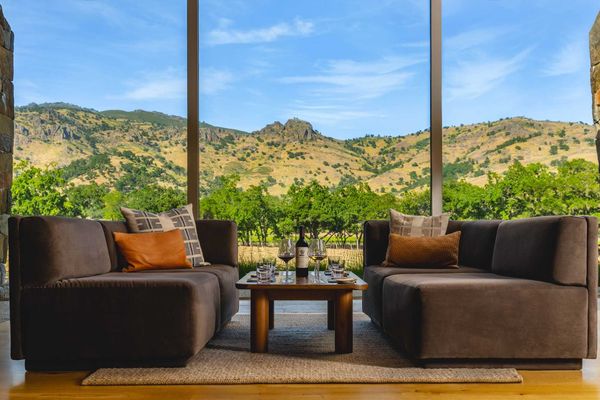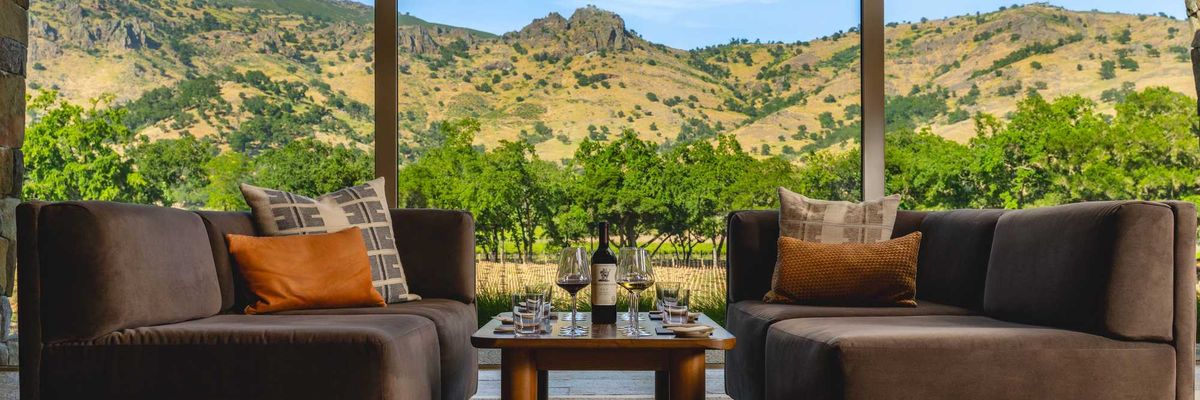Some people—even some fancy-pants wine critics—are talking about the current fad of California winemakers abandoning the fruit-bomb styles to make higher-acid, lower-alcohol wines. But to call this movement a trend is to be out of touch with the history of California wine.
Case in point: I recently had a bottle of 1968 Inglenook, a Madera wine from 42 years ago. It had 13.2 percent alcohol at most, and it was amazing, but my guess is that if this wine were to be released today, made in the same style, it would be given a score in the mid-80s by the wine world’s most influential tasters.
But not every winery in California has conformed to the critics’ tastes. Despite the threat of low scores, there are some locals who’ve never gone for the big fruit bombs. Mount Eden, Stony Hill, Corison, and Laurel Glen, to name a few, make wines as they always have—with restraint. These wines might be less flashy and thus are at a disadvantage in a critic’s blind tasting, but they’re food-friendly and elegant.
Wineries often speak about making their wines in the vineyard, but few actually do. Often big, high-scoring wines that make the professional critics’ cut are harvested so ripe that the winemaker is forced into manipulating the wines after the fact—adding water or acid to maintain balance. The vast majority of the wines made throughout California contain many more ingredients than just grapes. But Patrick Campbell, the owner and winemaker of Laurel Glen, doesn’t set out to make a particular style of wine. “If you’re trying to craft a wine, you’re on the wrong track,” he says. “Crafting a wine suggests to me that you are running the risk of faking the wine—making it something that is not optimal for the fruit or changing what you are given.”
So this new trend of making lower-alcohol and higher-acid wines is actually just a return to making wine the old-fashioned way. “If you pick the grapes at the right time, you shouldn’t need to add anything to make it better,” says Campbell. “Right?” Right.
Four understated wines that will rock your world
2004 Laurel Glen Estate Cabernet ($50)
This winery is divided into three regions on the red, rocky, volcanic soil of Sonoma Mountain above Glen Ellen, where Patrick Campbell has been farming Cabernet Sauvignon organically since 1977. The wines are round and rich, aging for 20 years without much thought. laurelglen.com
2009 SHV Chardonnay ($24)
Stony Hill winery might be considered the maker of the first cult Chardonnay in America. The 2009 is as crisp and clean as Meyer lemon juice. Try it with oysters (something I’d never thought I’d say about a Chardonnay). I recently had a 2001 that was only just beginning to show its potential, so buy some bottles, and lay them down if you can. stonyhillvineyard.com
2007 Mount Eden vineyards Chardonnay ($55)
Tasted young, Mount Eden’s wines are hard to tell from their French counterparts. I think their Chardonnay could make anyone happy with its bracing acidity, huge minerality, and caramelized crème brûlée notes. mounteden.com
2007 Corison Cabernet Sauvignon ($70)
Between Rutherford and St. Helena lies the Kronos Vineyard, where Cathy Corison has been making Cabernet Sauvignon since 1987. There’s no confusing her wines for Bordeaux, but that’s not the point. Her Cab can be consumed young, but it has the structure to age as well. corison.com
* Published in the February 2011 issue of 7x7. Subscribe to 7x7 magazine here.





















